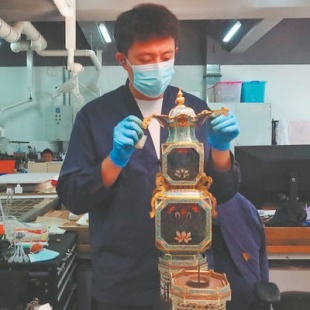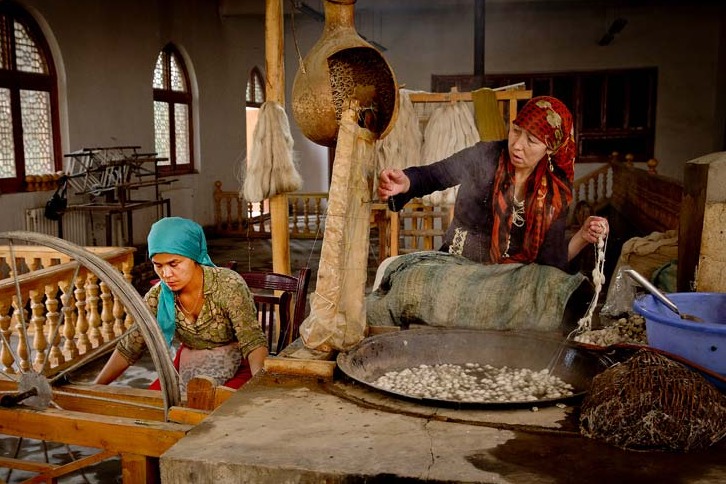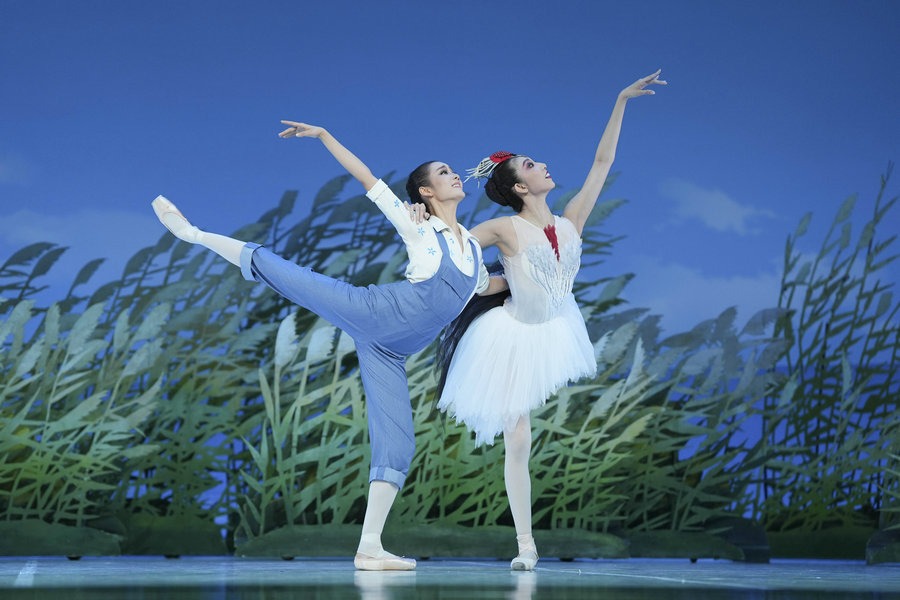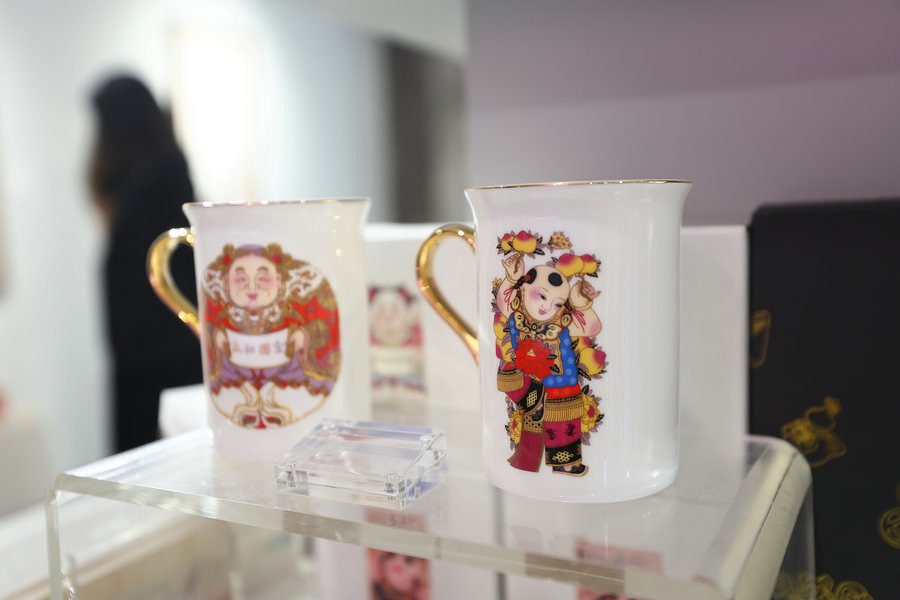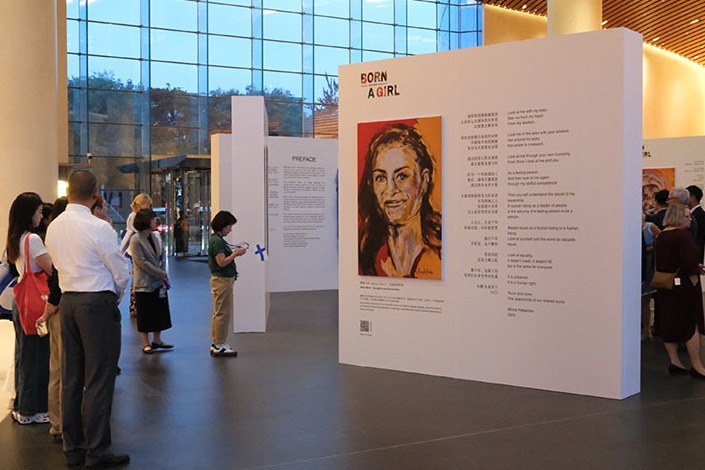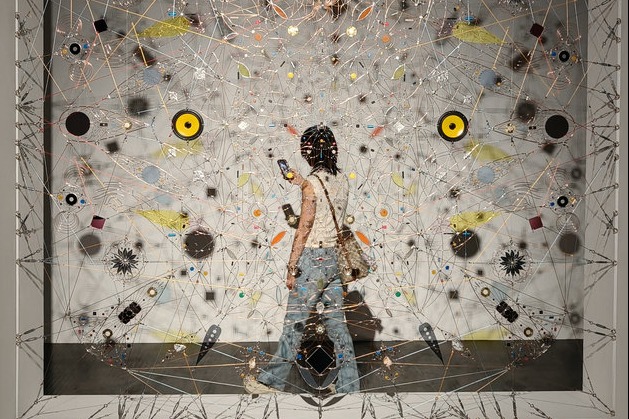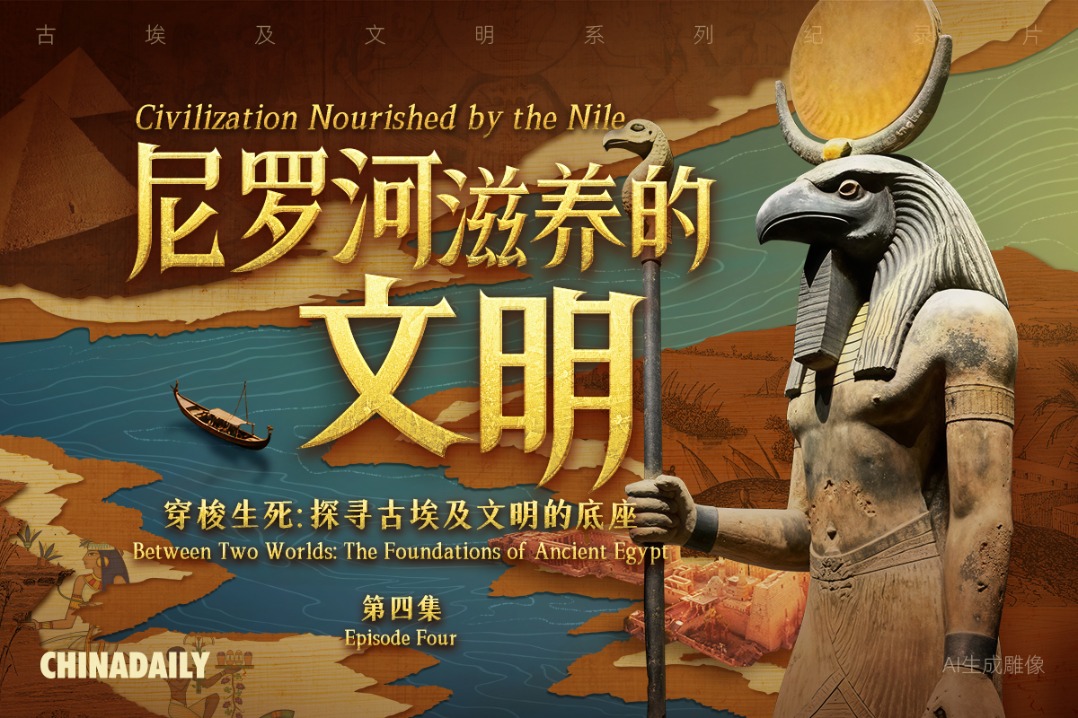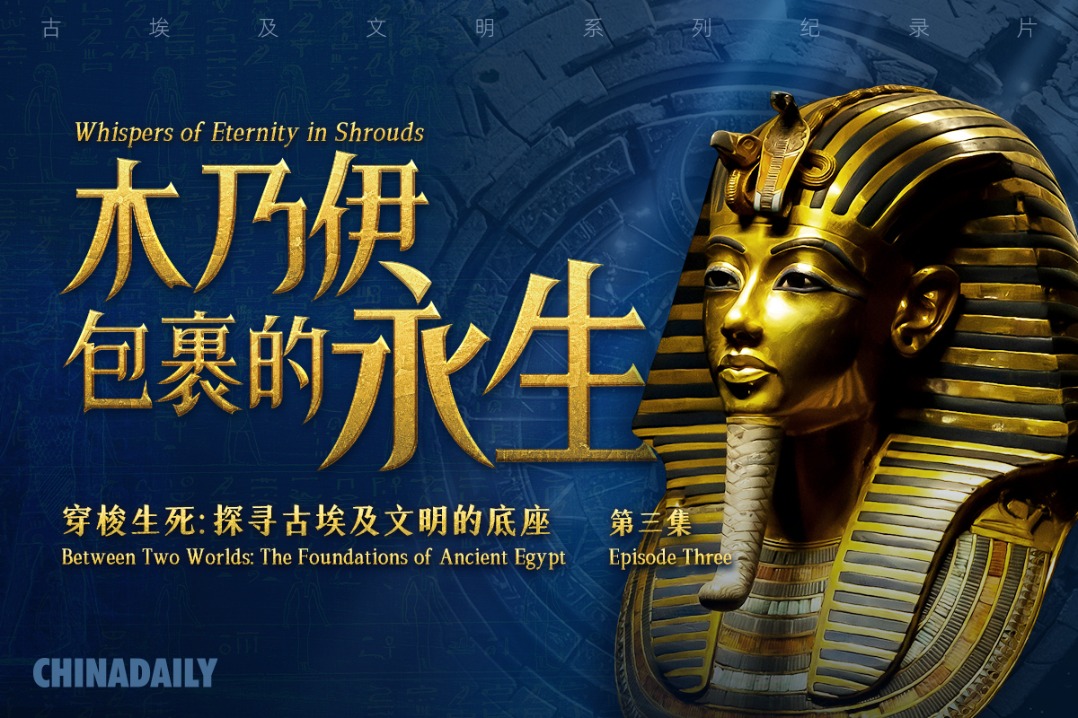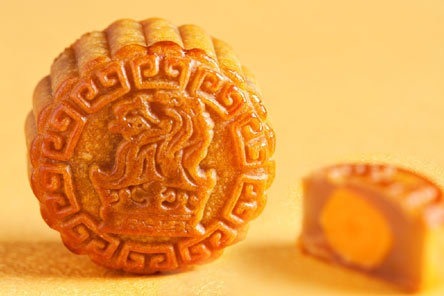Joint work to restore imperial residence


In the painting and calligraphy cultural relics restoration group affiliated with the department of conservation and restoration of the Palace Museum in Beijing, inspired by China's imperial palace from 1420 to 1911, experts are busy restoring a plaque with the words jiangshan wandai — the dynasty will linger through generations.
Ma Yue, the 42-year-old deputy head of the group, says the calligraphy on the plaque comprises a layer of silk that the ink was on, and a layer of paper that supports the silk.
The restoration group must separate the layers in order to repair the plaque. Because of its delicate condition, parts can break. Therefore, the experts must find the perfect materials to replace the originals and bring the relic back to life.
Technological methods come into play, helping experts analyze the components of the ink and silk that ancient people used. These methods assist restorers in finding the same materials to use for repairs. Restorer Li Xiaolou says most of the materials ancient people used can still be found today.
The plaque they are repairing is from the Yangxin Dian, or the Hall of Mental Cultivation. The hall was a residential and work complex for emperors in the middle and late periods of the Qing Dynasty (1644-1911). It was closed in 2015 for a major research and restoration project that began the same year.
To mark the centenary of the establishment of the Palace Museum, the hall is scheduled to open to the public again later this year. Therefore, cultural restorers are busy preparing for its reopening.
Ma says the cultural relics her group has repaired from the hall fall into three main categories: plaques, paintings and calligraphy on the partition doors, and simple paintings, which were pasted on walls and ceilings as indoor decorations.
For some severely worn pieces, they have created replicas with digital technology, while the restored originals will be placed in storage.
For the ancient paintings and calligraphy, the mounting methods and restoration techniques are a national-level intangible cultural heritage item passed down for five generations since the establishment of the Palace Museum.
"Even today, we maintain a master-apprentice system. Graduates of various majors joining our group must learn from their masters for three years, practicing their mounting skills and polishing their restoration techniques. That's how our restorers are cultivated," says Ma.


